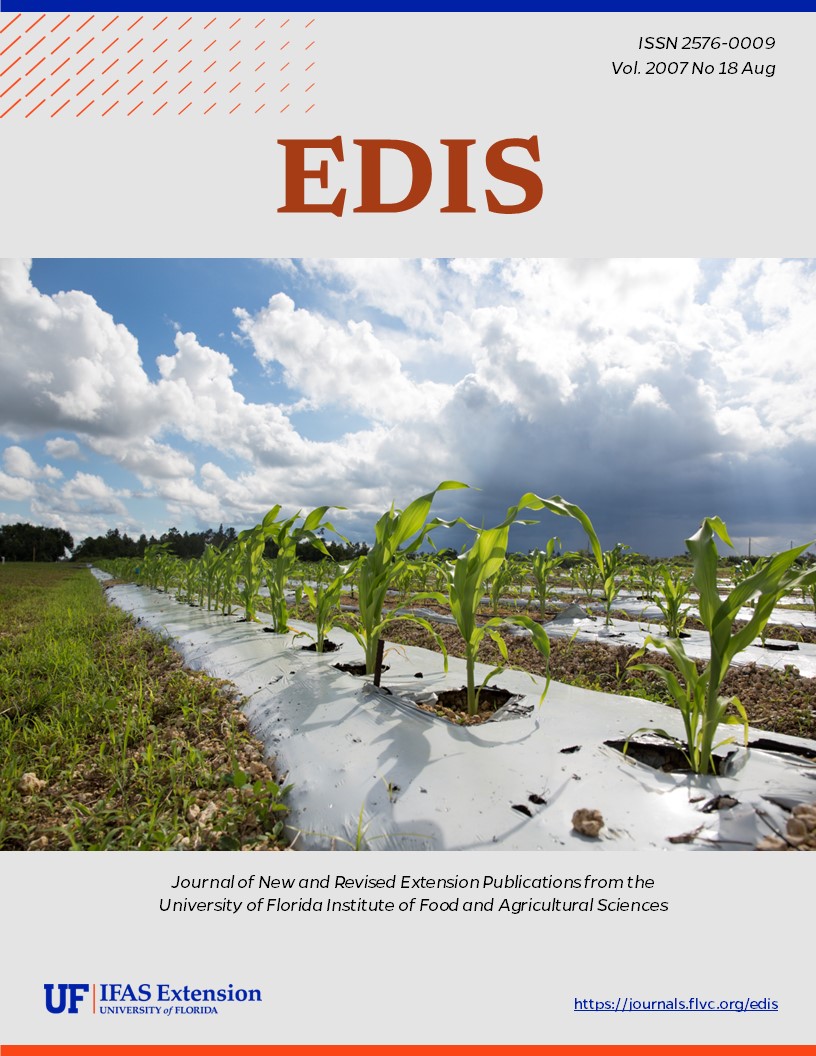Abstract
FOR-110, a 5-page illustrated fact sheet by Miriam S. Wyman and Taylor V. Stein, defines eco- and nature-based tourism, provides statistics, and discusses positive and negative aspects, community planning, and describes some successful examples. Includes references. Published by the UF School of Forest Resources and Conservation, April 2007.
References
Boo, E. 1990. Ecotourism: The Potentials and Pitfalls. Vol I and II. World Wildlife Fund: Washington, D.C.
Ceballos-Lascurain, Héctor. 1996. Tourism, Ecotourism, and Protected Areas: The State of Nature-based Tourism Around the World and Guidelines for Its Development. IUCN: Cambridge. [The World Conservation Union]. https://doi.org/10.2305/IUCN.CH.1996.7.en
Florida Department of Transportation. 2005. Florida Scenic Highway, Florida Department of Transportation, available at http://www.dot.state.fl.us/emo/scenichwy (accessed June 14, 2005).
Honey, M. 1999. Ecotourism and Sustainable Development: Who Owns Paradise. Island Press, Washington DC, Covelo CA.
International Ecotourism Society. 2005. Research (statistics and fact sheets), available at http://www.ecotourism.org (accessed June 14, 2005).
Kimmel, J. 1999. Ecotourism as environmental learning. Journal of Environmental Education. 30(2): 40-44. https://doi.org/10.1080/00958969909601869
Stein, T.V. 2004. Things to know about offering nature-based tourism on private forestlands in Florida. Florida Forests. 8(1): 6-10.
Florida Fish and Wildlife Conservation Commission 2005: Tools for Tourism, available at http://www.floridaconservation.org/Go/tools.html (accessed June 14, 2005).
Wesche, R. and A. Drumm. 1999. Defending our rainforest: A guide to community based ecotourism in the Ecuadorian Amazon. Acción Amazonia.

